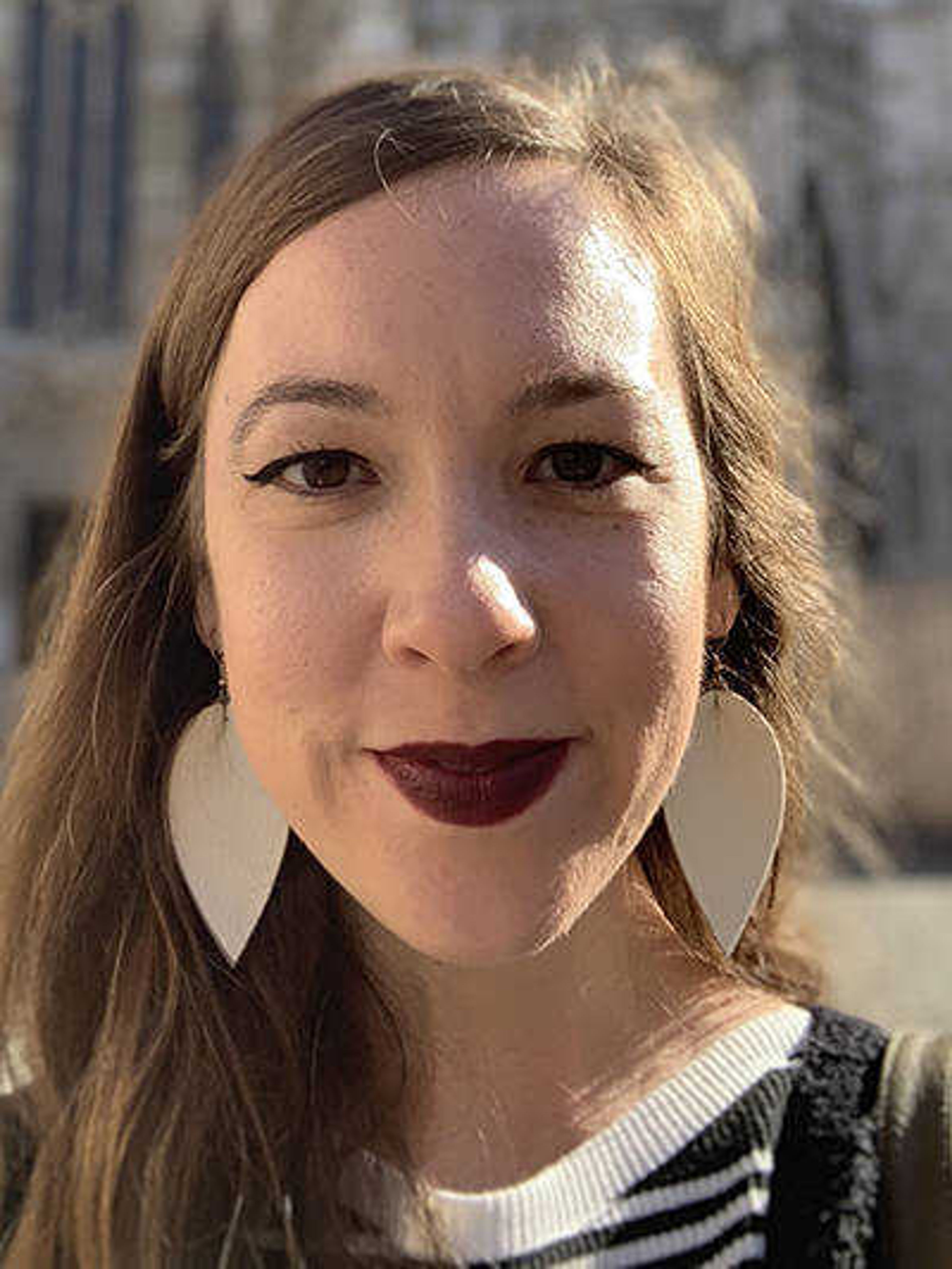When Jesus calls the first disciples in John 1:35-51 (NAB), there is all this business of seeing. References to sight -- the words or some variation of the words "watched," "see" and "looking" -- are listed 12 times throughout these 16 verses. In one way of reading it, it is a story about the deepest desires of the human heart -- to be seen and known -- being fulfilled by the promised One who is finally here, ready to see each of the 12 tribes of Israel. And ready to see each of us, too.
The story goes like this: After John the Baptist tells Andrew and another disciple who Jesus is, Jesus invites them to stay with him, and they do. They realize whom they've found, and they go to find Simon, Andrew's brother, to bring him to the Lord. They do, and Jesus changes Simon's name to Peter. Then, Jesus goes out to find Philip, and Philip echoes Jesus' invitation when he goes out to find Nathanael, inviting him to "come and see" the one who has been written and prophesied about.
I especially love the anecdote that comes, then, between Nathanael and Jesus because it seems so deeply personal. Nathanael goes to see Jesus even amidst his doubt that this Jesus guy can be good news. "Jesus saw Nathanael" as he walks toward him, and he defines his character, stating, "Here is a true Israelite. There is no duplicity in him." Nathanael is the one who connects this type of seeing with being known when he asks, "How do you know me?" Jesus says, "I saw you under the fig tree." When Nathanael then makes a declaration of faith by defining Jesus' identity as the Son of God and King of Israel, Jesus tells him he will "see" greater things than this.
The footnotes in the NAB translation of the Bible state the fig tree is a symbol of messianic peace, and cite Micah 4:4 and Zechariah 3:10 as references to this symbol. I like to think, though, that even beyond this symbolism that was well-known to Nathanael and the people listening, the fig tree meant something deep, personal and specific to Nathanael, that in the Lord saying this to him, it was a sort of confirmation between them -- "Yes, Nathanael, I am the One you've been looking for to love you. I see you, and I know you deeply. You can follow me and trust in me." Nathanael doesn't have the answers to how everything will come to be or how it will end, but he does have one thing: an invitation to know the One who knows him. The One who loves him. And a promise that he will see greater things than what he's previously known. And we have that, too.
If we, like Nathanael, yearn to be seen and known and loved specifically in ways that are unique to our hearts, we need only ask Jesus for it. We can even ask Nathanael's question as our prayer -- "How do you know me?" -- and wait for our Lord to answer. He will, because he loves us, and he wants to love us in all the ways we've ever wanted to be loved, to show us greater things than what we think we know, to transform our vision and bring us to a deeper understanding of hope, of freedom, of healing, of goodness, of love.
Connect with the Southeast Missourian Newsroom:
For corrections to this story or other insights for the editor, click here. To submit a letter to the editor, click here. To learn about the Southeast Missourian’s AI Policy, click here.









